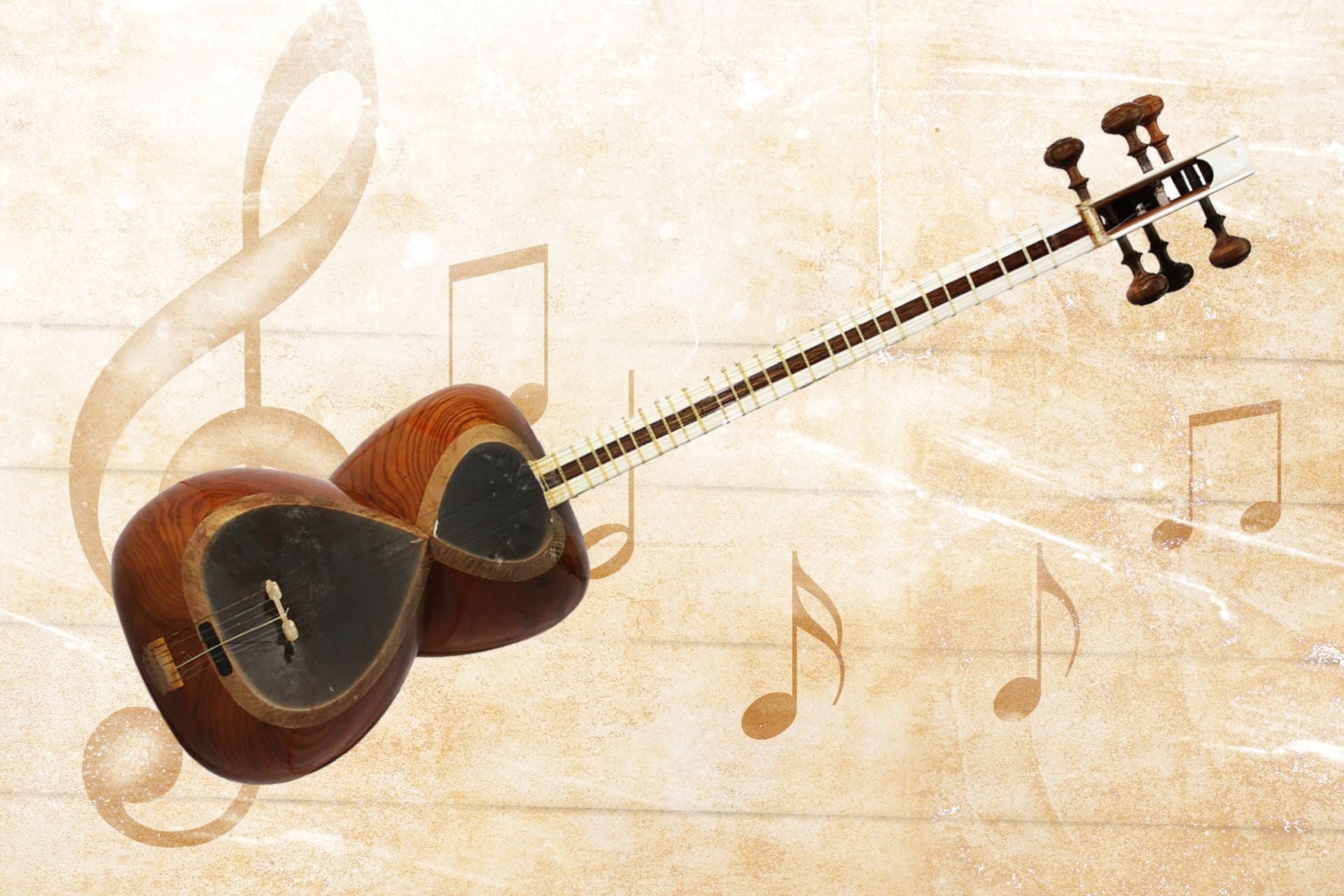General Articles
Tar: Unveiling the Beauty and Majesty of the Persian Musical Instrument
Persian music has a rich history that dates back to the ancient times of the Persian Empire. One of the most significant aspects of Persian music is the use of traditional musical instruments. Among these instruments is the Tar, a stringed instrument that produces a unique sound that embodies the essence of Persian culture.
The Tar is a member of the long-necked lute family and is considered to be one of the primary instruments of Persian classical music. Its origins can be traced back to the 18th century when it was first introduced in the Khorasan province of Iran. Since then, it has become an integral part of Persian music and has been used in various styles of music such as classical, folk, and Sufi music.
Overview of the Tar
The Tar is a pear-shaped instrument that has a long neck with a fingerboard made of hardwood. The body of the Tar is made of mulberry wood and has a soundhole in the center. It has six strings, which are traditionally made of gut but can also be made of nylon or steel. The strings are tuned to the following notes: C, D, E, F, G, and A.
Playing the Tar requires the use of a plectrum, also known as a mezrab, which is made of a combination of brass and wood. The Tar is played by plucking the strings with the plectrum, while the fingers of the left hand are used to press down on the frets to change the pitch of the notes. This technique is known as "meqami" and is a fundamental part of Persian music.
The Beauty of the Tar's Sound
The sound of the Tar is both haunting and captivating, with a deep and resonant quality that is unique to Persian music. Its melodic range and ability to produce intricate musical phrases make it a highly versatile instrument that can be used to create a wide variety of musical moods and emotions.
The Tar's sound is characterized by its ability to create complex and ornate melodic patterns, which are often improvised by the musician. The use of intricate finger movements and delicate plucking techniques creates a subtle and nuanced sound that is both calming and exhilarating.
Why the Tar is Important
The Tar is not just a musical instrument; it is also an important cultural symbol that represents the history and traditions of Persian music. Its use in Persian classical music has helped to preserve the unique musical style and has contributed to the development of other musical genres such as Persian folk music.
In addition, the Tar has been used in various cultural events and ceremonies in Iran, such as weddings, festivals, and religious ceremonies. Its use in these events helps to keep the tradition of Persian music alive and allows younger generations to connect with their cultural heritage.
If you are interested in learning more about the Tar or would like to purchase one for yourself, we encourage you to visit Rhythm Music Shop in Markham. We offer a wide range of traditional Persian musical instruments, including the Tar, and our knowledgeable staff can help you choose the right instrument for your needs.
At Rhythm Music Shop, we believe that music is an essential part of life and that everyone should have access to quality musical instruments. We are dedicated to providing our customers with the best possible service and products, and we take pride in our commitment to customer satisfaction.

